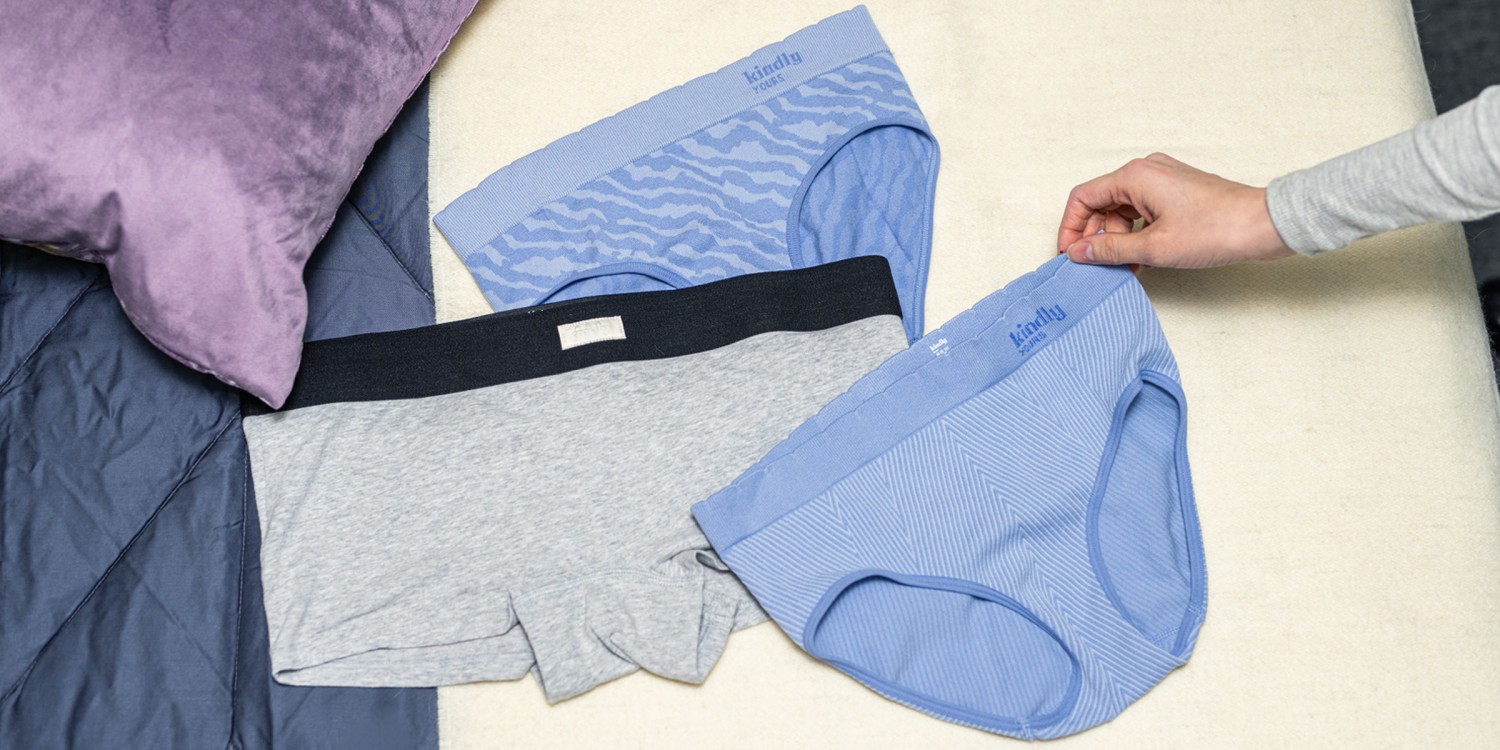I recently had an inquiry though our website contact form as to the meaning of this marking on a piece of jewelry: “CRP 10K”. Does that mean that the item is gold plated, or is it 10 karat gold? The answer is at the end of this article….
First, a little background. The karat marking of gold jewelry is sort of like the English system of weights and measures as compared to the Metric system. (Except that in England, they spell it “carat”. In the USA, we use “carat” for gemstones.) Karat weights are based on the idea that pure gold is 24 karat. But pure gold is too soft to use for most kinds of jewelry, and of course it is also highly valuable. So gold is almost always mixed, or alloyed, with other less valuable, but stronger metals to give it more strength. Otherwise, a pure gold ring would easily get gouged, deeply scratched, or bent.
To indicate the ratio of gold to alloys, the karat system was developed. Since 24 karat, abbreviated 24K, is 99.9% pure gold (realistically, it cannot be 100%), one karat is 1/24 pure gold. But a one karat gold ring would only be about 4.2% gold! So, you will find that gold used in jewelry is typically alloyed from about 10K, which is 10/24 gold, or 41.7% gold, up to 22K gold, which would be 91.7% gold. Sometimes an item may be stamped “14KP“, where the letter “P” stands for “plumb gold”, just another way of saying that the item is not composed of anything that is not 14K gold.
In the United States, an item must have be at least 10K in order to be called “gold” jewelry, and the typical markings are 10K, 14K, 18K and 22K. Items manufactured in other countries are often marked in “fineness”, which is simply 100 times the percentage of gold content without the percent mark. So, 14K gold is 14/24 = 58.3% gold, but the fineness is 583, or often marked as 585. 24K, by the way, has a fineness of 999. Countries other than the US have different standards for what can be called “gold”: in France and Italy, the item must be at least 18K, but in Germany, it is only 8K! Fineness is also applied to other jewelry metals such as platinum and silver.
So, now what about items that are not “solid gold”? That terminology is a little confusing–“solid gold” could mean “non-alloyed gold”, that is, a fineness of 999. Or, it could mean “made out of gold and not hollow or plated”. For the purposes of our discussion here, we will use the latter meaning, although in the US, a seller cannot use the term “solid gold” unless the item is solid 24K gold!
Gold is often applied to a cheaper (and stronger) metal, such as brass or copper, to make a much less expensive piece of jewelry. For some large items, this makes a lot of sense–for instance, a gold locket is very expensive if it is “solid gold”, so that is why you often see gold plated lockets. Gold plating is not a good thing, however, when it is used on a jewelry item that gets a lot of wear, such as a ring. Depending on the thickness, plating can wear off in a matter of weeks on such an item, quickly exposing the base metal. and creating tarnish and corrosion.
Gold can be applied to an item using an electrical current, termed “gold electroplate”, and it is marked “GEP” (since the applied layer is pure gold, it could be said to be “24K gold plated”). Gold electroplating must be, by US law, at least 7 mils thick (a “mil” is one-millionth of an inch). If it is less than that, the item is said to be “gold flashed” or “gold washed”. Gold may also be applied in a thicker layer than electroplating by means of mechanically bonding the gold to the base metal; the item is then said to be “gold filled”, marked as “GF”. The US legal requirement for GF is at least 10K gold which makes up at least 1/20, or 5%, of the weight of the item. This would mean the item would be marked as “10KGF”, but if the gold was higher quality, you would see “18KGF”, for example. A similar process is gold plate, marked “GP”, or rolled gold plate, marked “RGP”. This process would specify the percentage of gold, as well as the quality, in the stamping, such as “1/40 14K RGP”, which would indicate that 1/40 of the weight of the piece is composed of 14K gold.
Finally, I should note that it is common to gold plate (either electrically or mechanically) jewelry items made of sterling silver. This result is termed “vermeil”, pronounced “vehr-may”, and requires that the plating be at least 120 mils of 24k gold. But, not all gold-plated silver is vermeil. It is, of course, possible to electroplate silver and simply mark it as “GEP”, which would only require a 7 mil layer of gold! So, read those magazine advertisements carefully when they speak of “24K gold-plated sterling silver!”
So, back to the example. Within “CRP 10K”, only the “10K” fits any legal marking, so we can assume that, if the item is legally marked, that it is made of “solid” 10K gold. The “CRP” does not fit any of the standard markings, so it is probably an abbreviation of the jewelry manufacturer.






